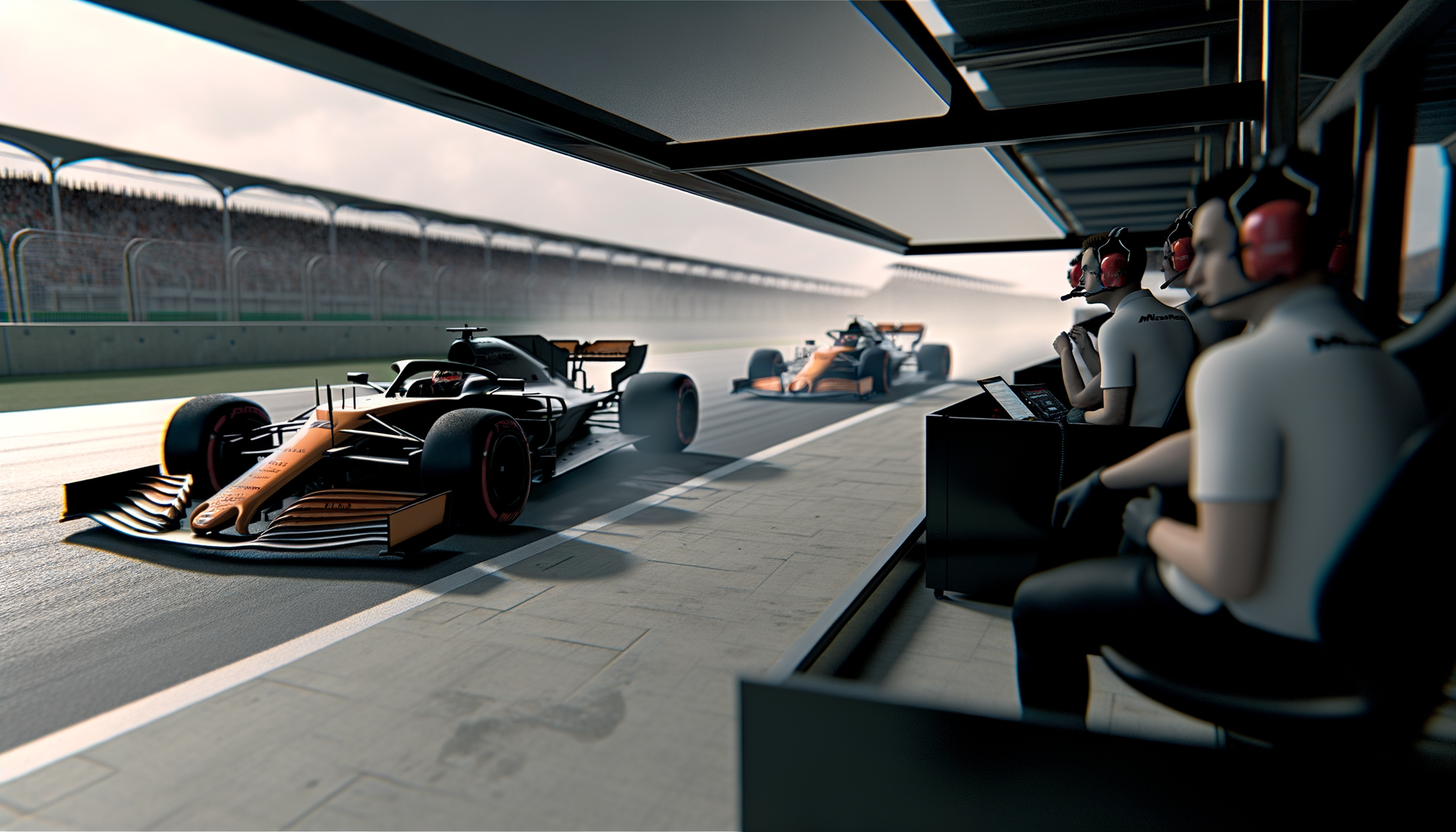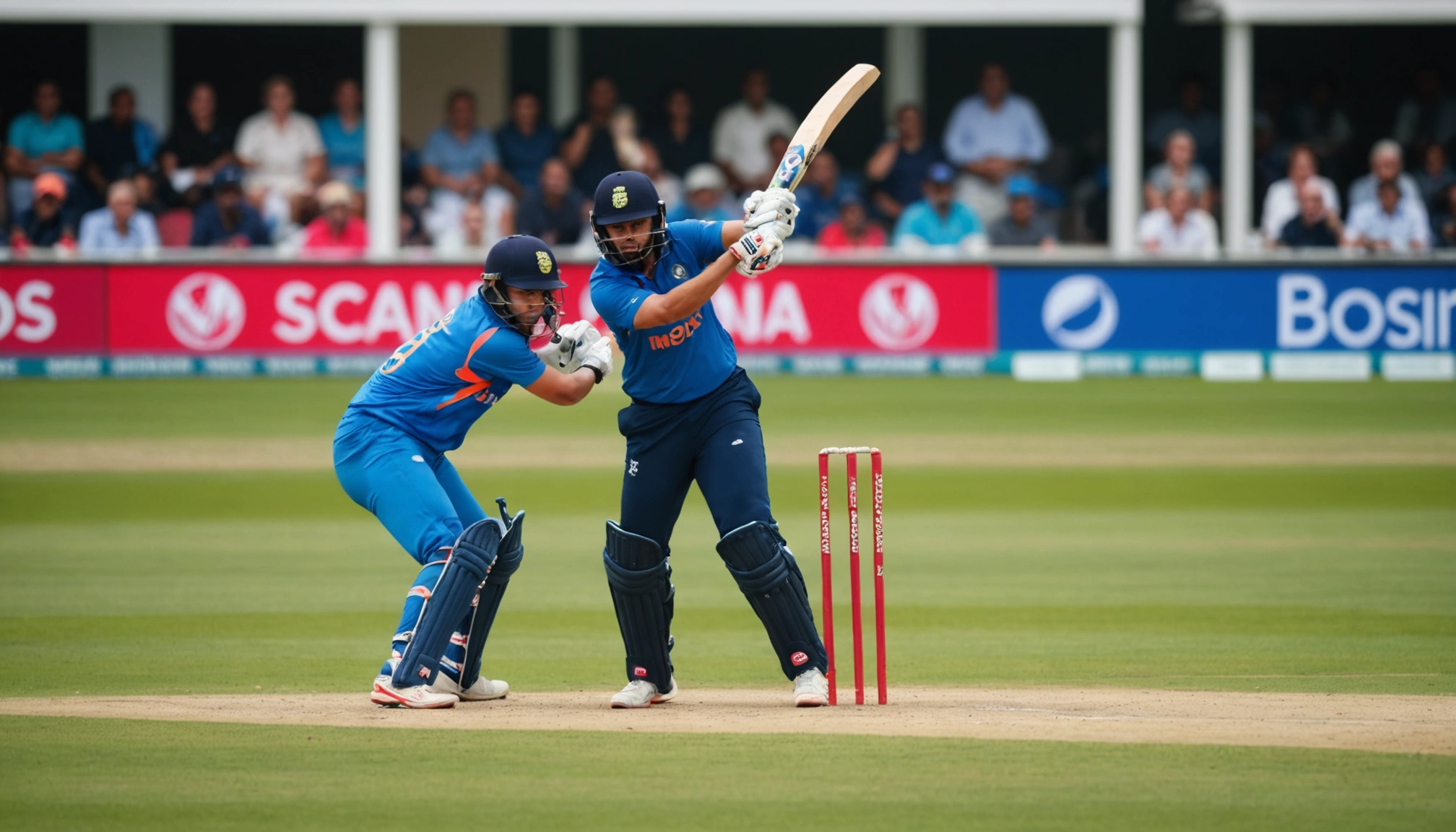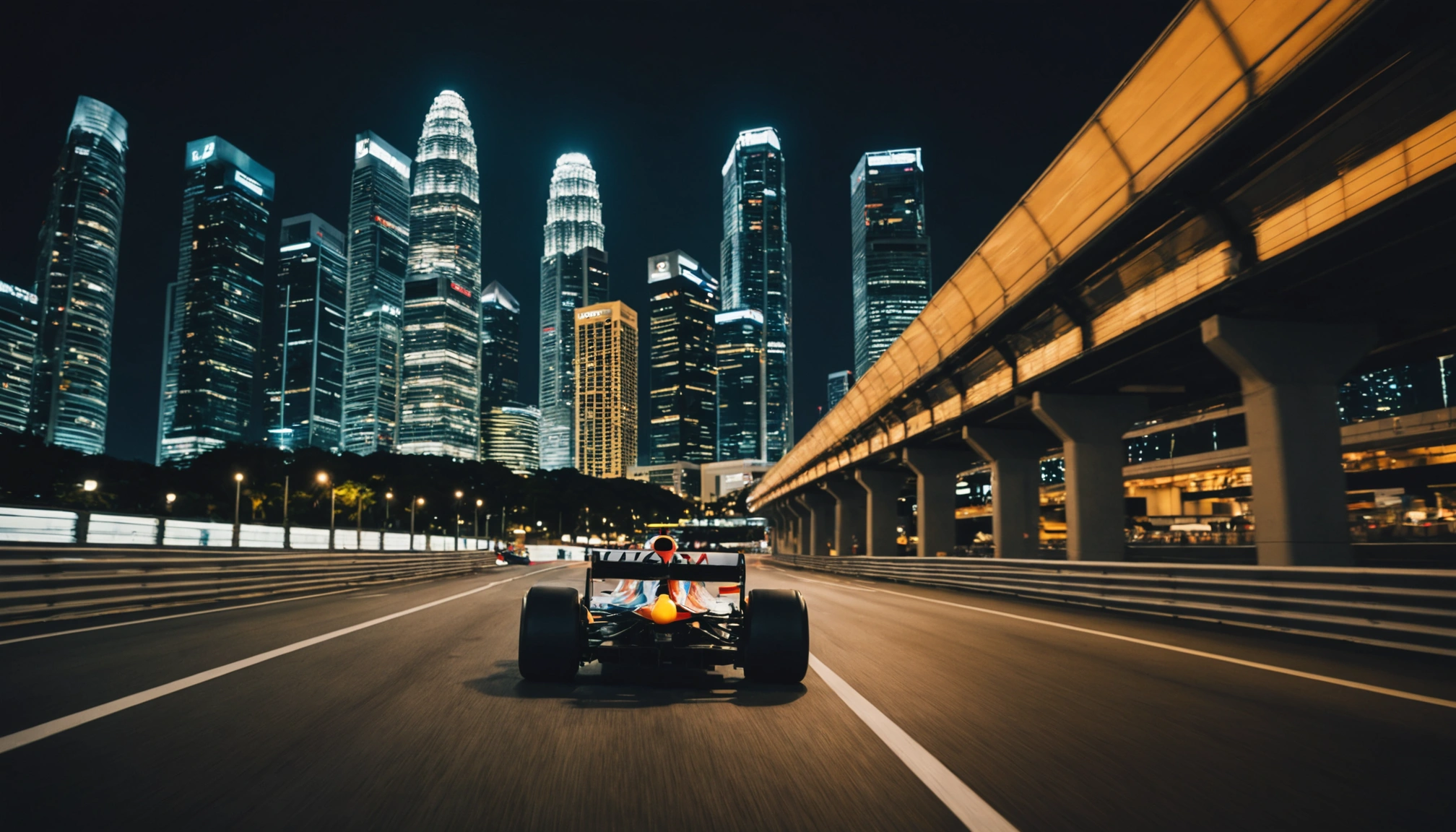McLaren’s Balanced Approach Amid Verstappen’s F1 Title Challenge
McLaren refuses to prioritise drivers in the F1 title battle despite Max Verstappen’s dominance. Discover their strategy and what it means for the championship.

By Editorial
Introduction To McLaren’s 2026 Formula 1 Strategy
As the 2026 Formula 1 season unfolds, McLaren has made it clear they will not prioritise either of their drivers in the championship fight, even as Red Bull’s Max Verstappen continues to dominate the field with what many describe as an almost insurmountable lead. This balanced approach highlights McLaren’s commitment to team unity and long-term success rather than short-term gains through favouritism.
In this article, we explore McLaren’s strategy, the context of Verstappen’s dominance, and what this means for the wider F1 landscape.
Why McLaren Won’t Prioritise A Driver
In recent years, Formula 1 teams have often been accused of favouring one driver over another, especially when a title fight is on the line. However, McLaren’s team principal has emphasised that maintaining equality between their drivers is paramount.
Why is this stance significant? Prioritising one driver risks causing rifts within the team and can hinder overall performance. McLaren’s approach aims to foster healthy competition that pushes both drivers to perform at their best without compromising team harmony.
The Benefits Of A Balanced Team Strategy
- Team cohesion: Balanced treatment encourages collaboration rather than resentment between drivers.
- Consistent development: Equal focus leads to continuous car improvements benefiting both drivers.
- Long-term success: Investing in both drivers’ growth can secure future championships.
Max Verstappen’s Dominance And Its Impact
Max Verstappen, driving for Red Bull Racing, has been described as “too close” to an unbeatable force in F1. His consistency, racecraft, and the team's engineering prowess have set a benchmark that challenges all other teams, including McLaren.
Verstappen’s dominance puts pressure on teams to adapt rapidly. McLaren’s refusal to prioritise a single driver is a strategic response to this challenge, ensuring that both drivers remain motivated in the pursuit of closing the gap.
For fans interested in how player and driver dynamics unfold in competitive sports, the ongoing debate mirrors discussions in football, such as those highlighted in the Isak and Wissa transfer saga.
McLaren Drivers: Equal Opportunity To Shine
McLaren’s current driver lineup benefits from this philosophy. Both drivers receive equal resources, data access, and strategic support. This approach enables each driver to tailor their race strategies and car setups to their strengths without feeling overshadowed.
Additionally, the team’s engineers work closely with both drivers to maximise performance. This cooperation contrasts with some teams that may allocate more favourable equipment or strategy calls to their lead driver.
Case Study: Mid-Season Development Upgrades
In the 2025 season, McLaren introduced significant car upgrades mid-season that improved lap times for both drivers equally. This technical parity helped avoid internal competition for upgrades and ensured the team’s overall points tally improved, demonstrating the tangible benefits of a balanced approach.
The Wider Implications For Formula 1
McLaren’s stance could influence other teams facing similar dilemmas. As the sport grows more competitive, maintaining team unity without favouritism might become a model for sustainable success.
Moreover, this approach aligns with a more modern understanding of athlete management. Just like in football, where player power and team dynamics often shape transfers and tactics—as seen in the comprehensive guide to UK and Ireland football leagues and cups—Formula 1 teams must balance individual ambitions with collective goals.
What This Means For Fans And The Championship
For F1 enthusiasts, McLaren’s refusal to prioritise a single driver promises unpredictable and exciting races. When both drivers are empowered, fans witness fierce but respectful competition, adding to the sport's appeal.
With Verstappen’s dominance, the championship battle may seem one-sided, but McLaren’s strategy could prove vital in closing the performance gap over time. Such a balanced approach encourages development and resilience, key ingredients in championship-winning teams.
Conclusion: McLaren’s Forward-Looking Formula 1 Philosophy
In conclusion, McLaren’s decision not to prioritise a driver amid Verstappen’s formidable challenge underscores a commitment to team unity and sustainable success. By fostering equal opportunities, they aim to build a resilient team capable of competing at the highest level for years to come.
This strategy offers valuable lessons not only in motorsport but across all team sports, as illustrated by the parallels in football player management and team dynamics.
For more insights into competitive sports dynamics, check out our coverage on Jacob Bethell’s reflections on limited playtime, another example of athlete management challenges.
Related topics
Editorial
Sports expert at SportsScoop
Specialist in sports analysis and journalism
Related articles
Want to read more?
Explore our comprehensive collection of sports articles and analysis, or contact us for more information.



